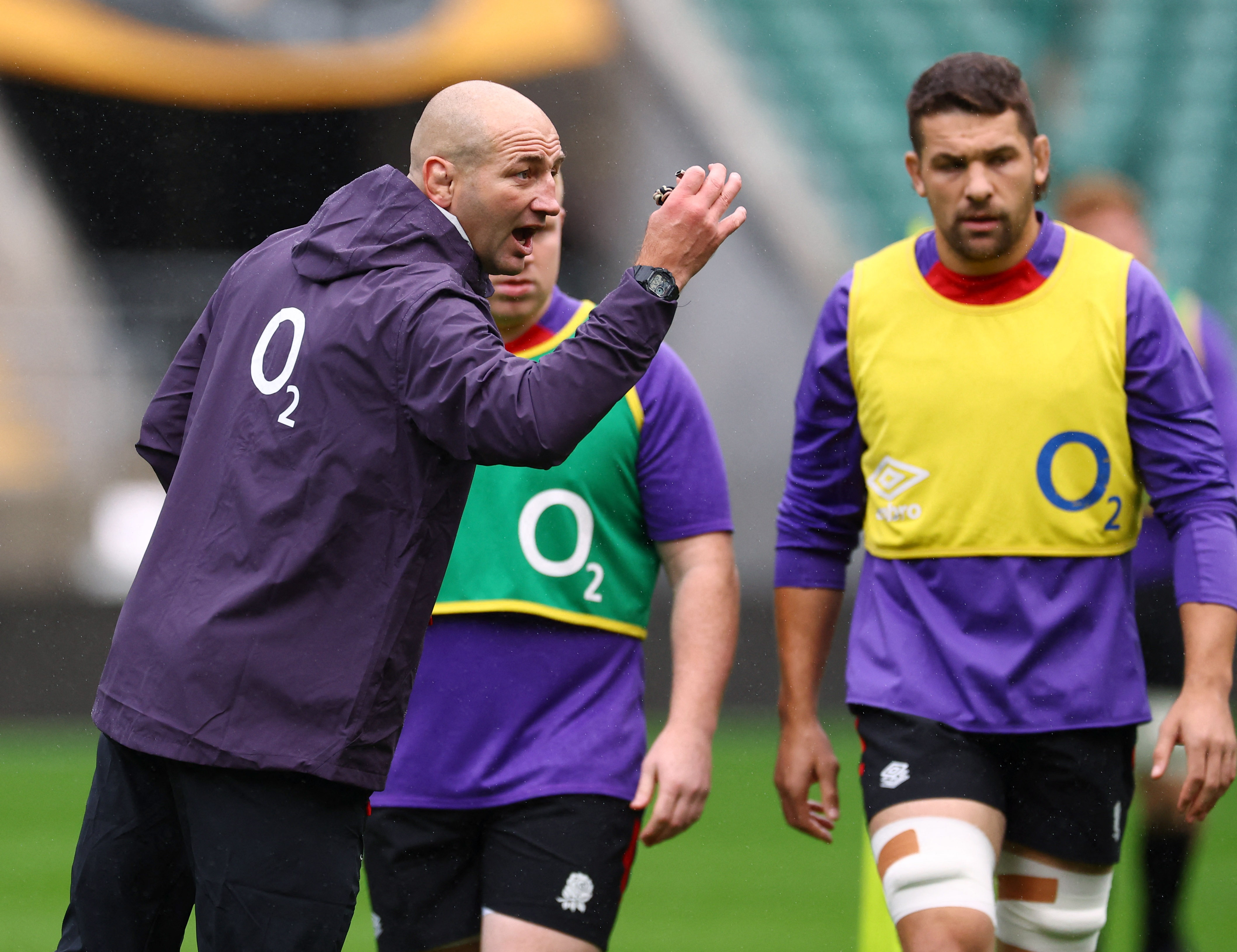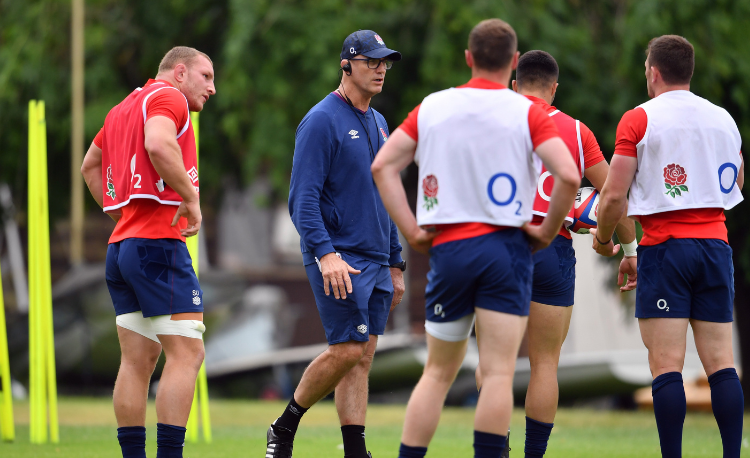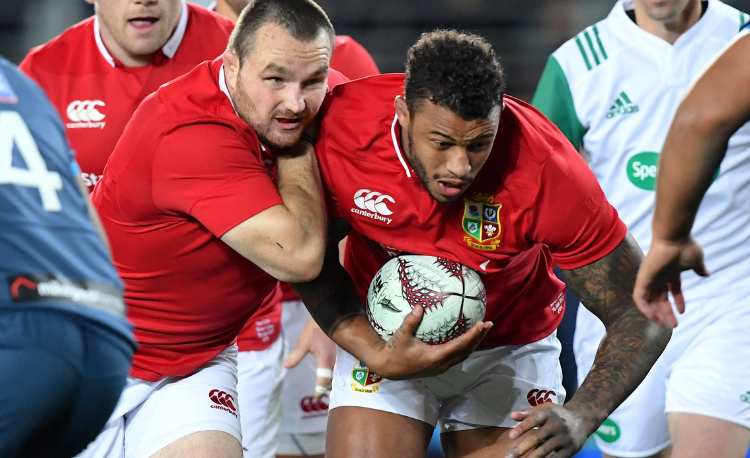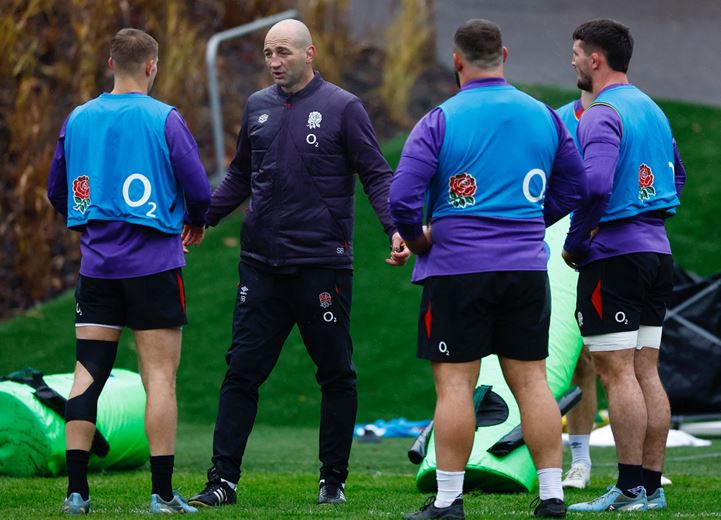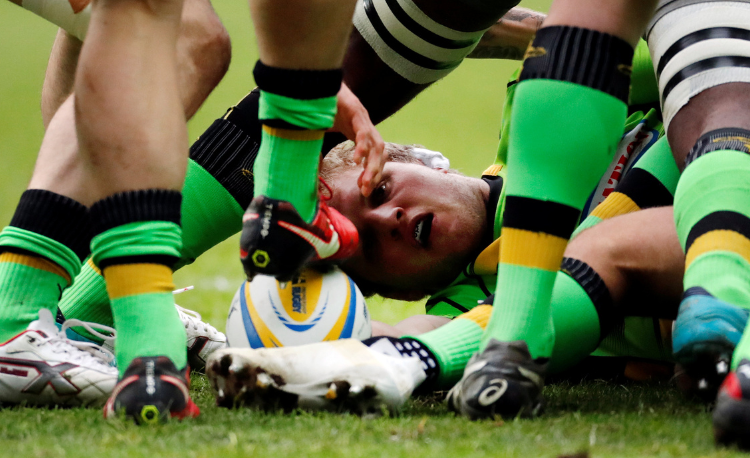The role of the number eight
For Martin Corry, the former England captain, the number 8 position means hardnosed go forward. Zinzan Brook, the imperious New Zealander, took a more creative role. Peter Tann, one of the regular contributors to Better Rugby Coaching, gives us his coaching insight into this vital position.
General qualities
A number 8 must excel in several areas, though not necessarily be able to kick drop goals from 40 metres as Zinzan Brooke could. There is, nonetheless, a range of core duties that a number 8 must fulfil. He must:
- Look to get his hands on the ball more than any other forward. The number 8 should aim, both in attack and defence, to be within a pass of the ball. I particularly encourage the number 8 to go forward in defence as he would in attack, looking for the ball and the opposition, rather than waiting for them to come to him.
- Be a key ball winner in loose play. Don't let your number 8 stand off every ruck and maul.
- Be a creative and skilful ball handler. He should be able to create opportunities for other players and put them through or allow them to exploit gaps. Many of these passing skills will, in a game, be executed under pressure, improvised, or from a combination of both (think of a number 8 flicking the ball back between his legs under pressure from the defending scrum half). Therefore, as a coach, make sure that your number 8 practices a variety of passes under pressure. After all, genius = 10% inspiration and 90% perspiration.
- Be a key ball carrier. As well as creating for others through his handling skills, there will be times when the number 8 creates opportunities by directly challenging the defence through his running with the ball in hand. Consider the impact that a powerful running player such as Scott Quinnell (Wales) or David Lyons (Australia) can have in creating space for others by breaking the defensive line and drawing in defenders.
- Play effectively off the back of the scrum. This means making the right decisions about when and where to call a specific move and also performing the necessary rugby skills quickly and effectively.
- Be a solid defender, both individually and as part of the back row. Not only does this mean being a sound tackler, it also means understanding his defensive role from scrums and lineouts. The number 8 should have a high tackle count!
- Be able to read the game and play "off the cuff". Look at Martin Corry's reaction to Ireland's early defensive lapse in the Six Nation's game in Dublin in 2005.
The number 8 may also be used as lineout jumper. In which case, he must be able to win his own ball and deliver it effectively to the scrum half (9). This will restrict his loose play from a lineout, though.
Scrums
As indicated above, the ability of the number 8 to challenge the defence through his running and handling is very important. An obvious area to do this is from the base of the scrum. However, this is not just a matter of developing a wide range of moves and having a quick number 8 in the back row.
Perhaps the most important rugby technique of all is picking up the ball from the back of the scrum, whether to pass or pick and go. The following rugby coaching advice assumes a pass or break to the right.
Pass: The weight of the pass should be on the left foot, with the right slightly back. The body should be twisted to the left to shield the pass from the opposing scrum half.
The number 8 should aim to control the ball on the right foot before reaching down with the left hand, which then brings the ball into the right hand. This is important because it initiates the passing movement smoothly and without delay. Reaching with the right hand first moves the ball in the wrong direction and means that momentum needs to be generated afterwards, rather than by the pick up.
Pick and go: The number 8 should have his left foot under his body, slightly forwards, in order to generate swift acceleration. Think of a sprinter in the blocks.
The ball should be controlled under the right side of the body to facilitate a quick break to the right. The number 8 might prefer to have the ball somewhat further forward for the pick and go, so he can reach straight down rather than across.
In any case, if the stance is too wide the movement is much slower and increases the risk of a knock on. The pick up itself is as above, with the left hand bringing the ball into the right.
Maximising the effectiveness of breaking the line
There are plenty of opportunities for this facet of play. The most obvious is from the scrum, or a short, flat pass from either of the halves (9 or 10) off of a ruck or maul.
Also, consider having you number 8 coming into the back line off of one your centre's (12 or 13) shoulder. The key to this is depth.
The number 8 should come from behind the centre, running close to his shoulder, and fast and straight at the opposing back's inside shoulder to make the tackle difficult. Coming out of the centre's "shadow" also reduces the time for the defender to react and set up a tackle, thus increasing the possibility of a clean break.
Click here for more information on the number 8 role.
Subscribe to International Rugby Coaching and receive more rugby coaching inspirational ideas every month.
Newsletter Sign Up
Coaches Testimonials

Gerald Kearney, Downtown Las Vegas Soccer Club

Paul Butler, Florida, USA

Rick Shields, Springboro, USA

Tony Green, Pierrefonds Titans, Quebec, Canada
Subscribe Today
Be a more effective, more successful rugby coach
In a recent survey 89% of subscribers said Rugby Coach Weekly makes them more confident, 91% said Rugby Coach Weekly makes them a more effective coach and 93% said Rugby Coach Weekly makes them more inspired.
Get Weekly Inspiration
All the latest techniques and approaches
Rugby Coach Weekly offers proven and easy to use rugby drills, coaching sessions, practice plans, small-sided games, warm-ups, training tips and advice.
We've been at the cutting edge of rugby coaching since we launched in 2005, creating resources for the grassroots youth coach, following best practice from around the world and insights from the professional game.




